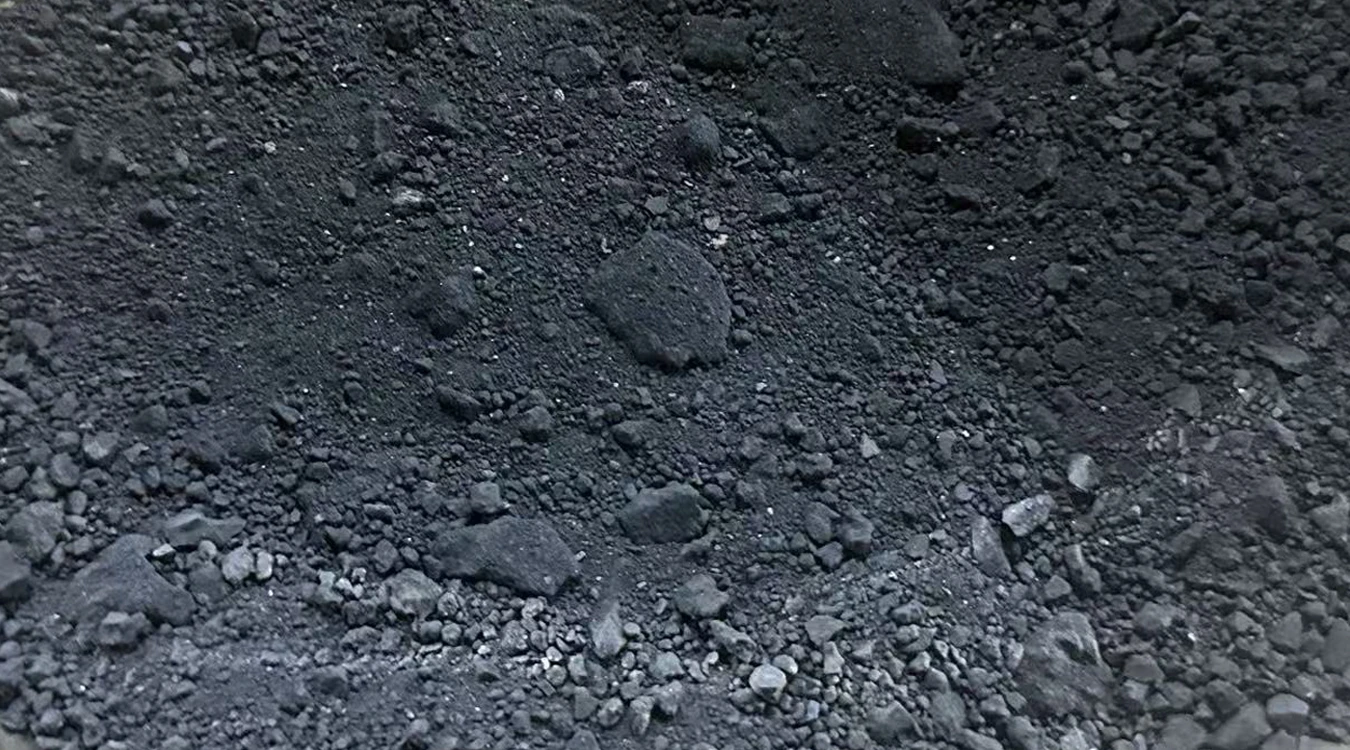The industrial catalyst recycling market is emerging as a core component of the circular economy, specializing in extracting valuable metal resources from discarded industrial catalysts. By 2025, the global industrial catalyst recycling market is projected to experience significant growth, particularly in Europe and North America. Key drivers include the escalating scarcity of precious metal resources and the tightening of environmental regulations. The EU's new battery regulations require that cobalt and nickel recovery rates in batteries meet new standards by 2030, directly boosting demand for the recycling of catalysts containing platinum group metals.
The industrial catalyst recycling market currently relies primarily on automotive catalytic converters and petrochemical catalysts as sources, with waste materials containing rhodium, palladium, and platinum being regarded as ŌĆ£urban minesŌĆØ due to their metal concentrations far exceeding those of primary ores. In actual operations, recycling companies use pyrometallurgical and hydrometallurgical refining technologies to extract metals from waste catalysts. For example, Umicore in Belgium employs high-temperature smelting technology, achieving extremely high precious metal recovery rates, but the processing scale requires tens of thousands of tons, limiting entry for small and medium-sized enterprises. DONGSHENG Precious Metal Recycling Company has addressed this market gap by lowering the minimum purchase quantity to 100 kilograms. If your industrial catalyst has a high precious metal content, the minimum purchase quantity can be further reduced. Please contact our procurement team for specific quantities.

Over the next five years, the industrial catalyst recycling market will evolve toward technology-driven innovation and resource integration. Innovative technologies such as bio-metallurgy and photocatalytic recycling are reshaping the industry landscape. For example, the photocatalytic process developed by Shanghai Normal University can selectively recover seven precious metalsŌĆöincluding silver, gold, palladium, platinum, rhodium, ruthenium, and iridiumŌĆöfrom waste circuit boards and automotive catalysts. The entire process does not require strong acids or toxic cyanides, achieving a purity of over 98%. The industrial catalyst recycling market is also increasingly relying on intelligent systems, such as AI models that dynamically adjust leaching parameters, increasing platinum recovery rates by 12%. EU regulations require precious metal recovery rates to meet mandatory standards by 2030, prompting companies to build a ŌĆ£production-use-recyclingŌĆØ closed-loop system. For example, CATL has reduced the cost of ternary precursor raw materials by double-digit percentages through closed-loop recycling.
In the industrial catalyst recycling market, the processing of precious metal catalysts requires customized solutions based on the properties of the metals. Rhodium catalysts are commonly used in automotive catalytic converters and are highly valuable due to their high-temperature resistance. However, during recycling, the temperature must be controlled below 800┬░C to prevent oxidation losses. Ruthenium catalysts are widely used in the electronics and chemical industries. In hydrometallurgy, ion liquids such as [BMIM]Cl-AlClŌéā are used for extraction, achieving a recovery rate of up to 98%. Palladium catalysts are commonly found in petroleum refining, where solvent extraction uses phosphine or amine extractants for separation; Platinum catalysts dominate the hydrogen fuel cell sector, with electrochemical deposition purity reaching 99.95%. Iridium catalysts, due to their high stability, require recovery assistance from nanomaterials, such as functionalized magnetic particles to capture metal ions. The recovery cost of these metals is only 30%-50% of the cost of mining new ore, but co-precipitation and impurity interference must be avoided.
In the actual operation of the industrial catalyst recycling market, the minimum purchase volume depends on the type of metal and processing technology. Large pyrometallurgical plants typically require thousands of tons of waste material supply, such as the UMBELIS plant, which needs tens of thousands of tons to ensure economic viability. Small and medium-sized hydrometallurgical refining facilities can handle micro-orders within a 200-kilometer radius (Dongsheng Precious Metals Recycling has no such geographical restriction), and a recycling line with an annual processing capacity of 5,000 tons can extract 1,200 tons of electrolytic copper. For automotive catalytic converter with high precious metal content, suppliers often require a minimum purchase quantity of one ton, as one ton of scrap can yield 1-2 kilograms of platinum group metals, with an economic value exceeding $100,000 (industrial catalyst recycling prices are often significantly lower than their actual value due to recycling costs in the industrial catalyst recycling market). Practical experience shows that bio-metallurgy technology has lowered the threshold, and mobile processing units capable of handling hundreds of tons can now process waste catalysts under neutral pH conditions.